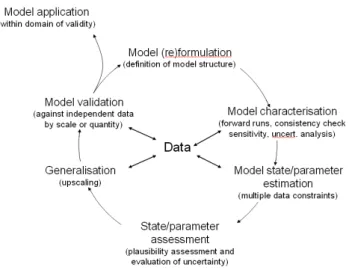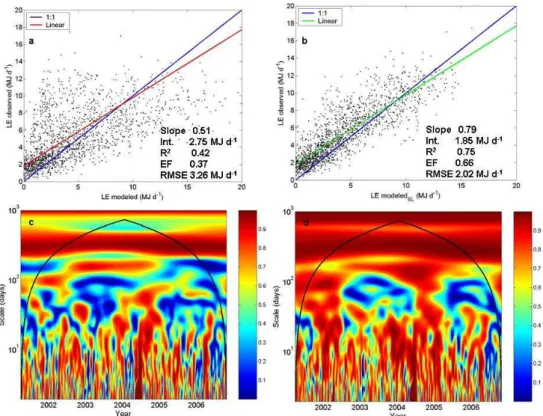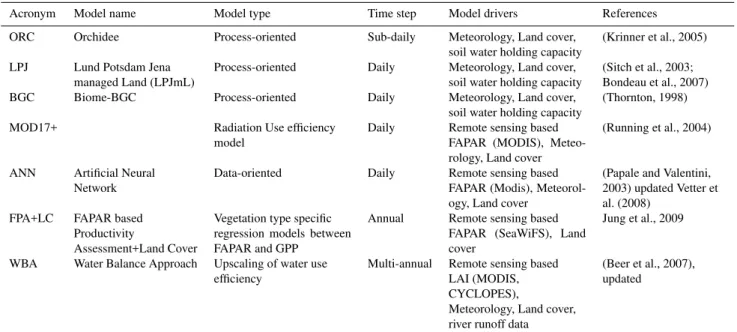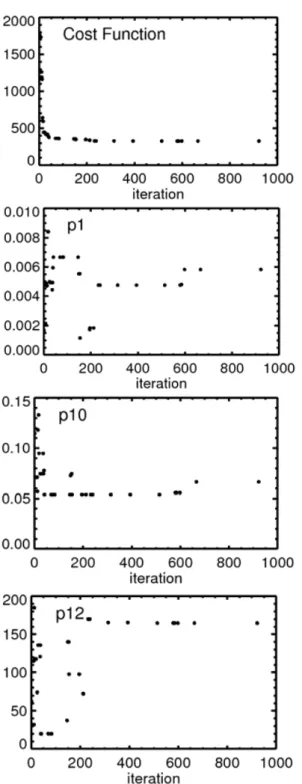Improving land surface models with FLUXNET data
Texto
Imagem




Documentos relacionados
O texto busca refletir sobre a emergência daquele que é considerado o sentido moderno do conceito de Revolução, tendo como objetivo a discussão da trajetória que passa do
Three different data products from the SMOS mission are assimilated separately into the GEOS-5 land surface model to improve estimates of surface and root-zone soil moisture and
Then we convert the entire specification (the CSP part and the components of the bi- partition) to CSP and use data independence and data ab- straction to analyse data independent
[r]
Non-stationary and non-linear dynamic time se- ries analysis tools are applied to multi-annual eddy covari- ance and micrometeorological data from 44 FLUXNET sites to derive a light
To improve the capability of land-surface process models to simulate soil moisture in semi- arid regions, we adopted the PSO algorithm and data from the SACOL station in the
We use this data to distinguish among various models about the origins of the Iban population of Sarawak and conclude that migrations from mainland Southeast Asia and perhaps
One of the major uses of in silico models in biology is to identify discrepancies between model predictions and experimental data and use these discrepancies to drive discovery of





